How Much Does it Cost?
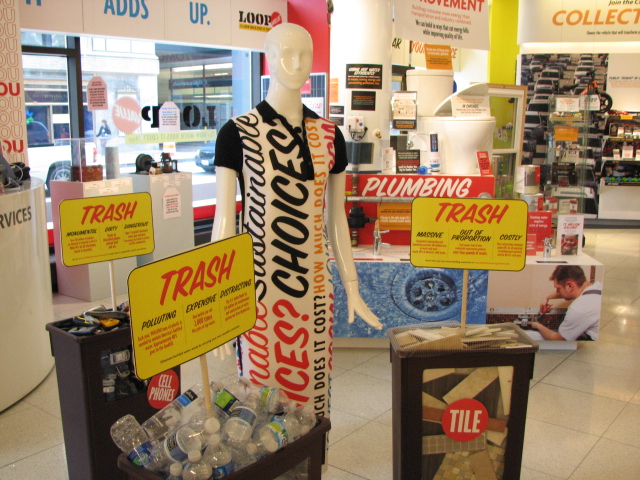
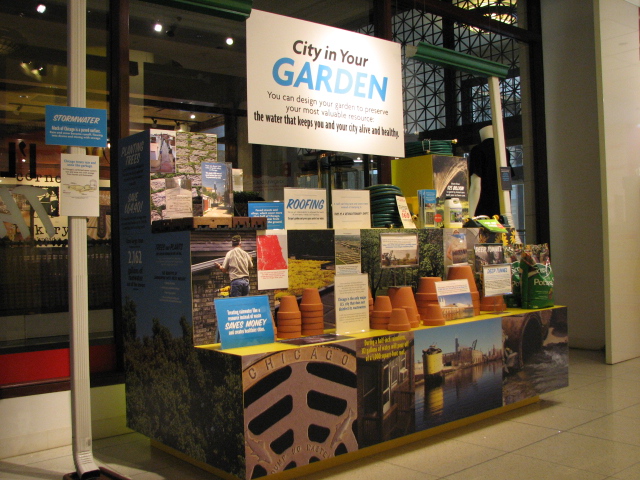
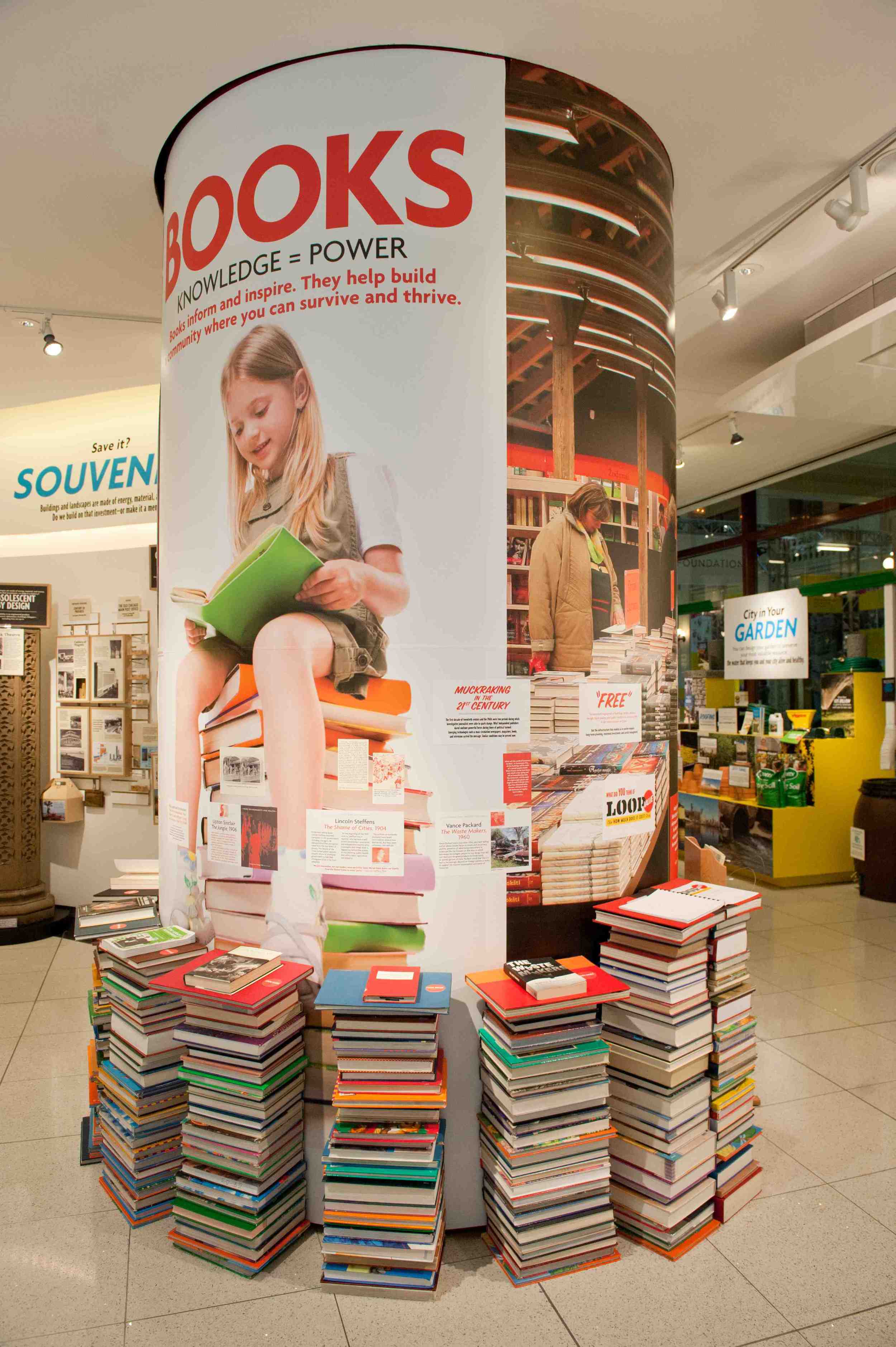
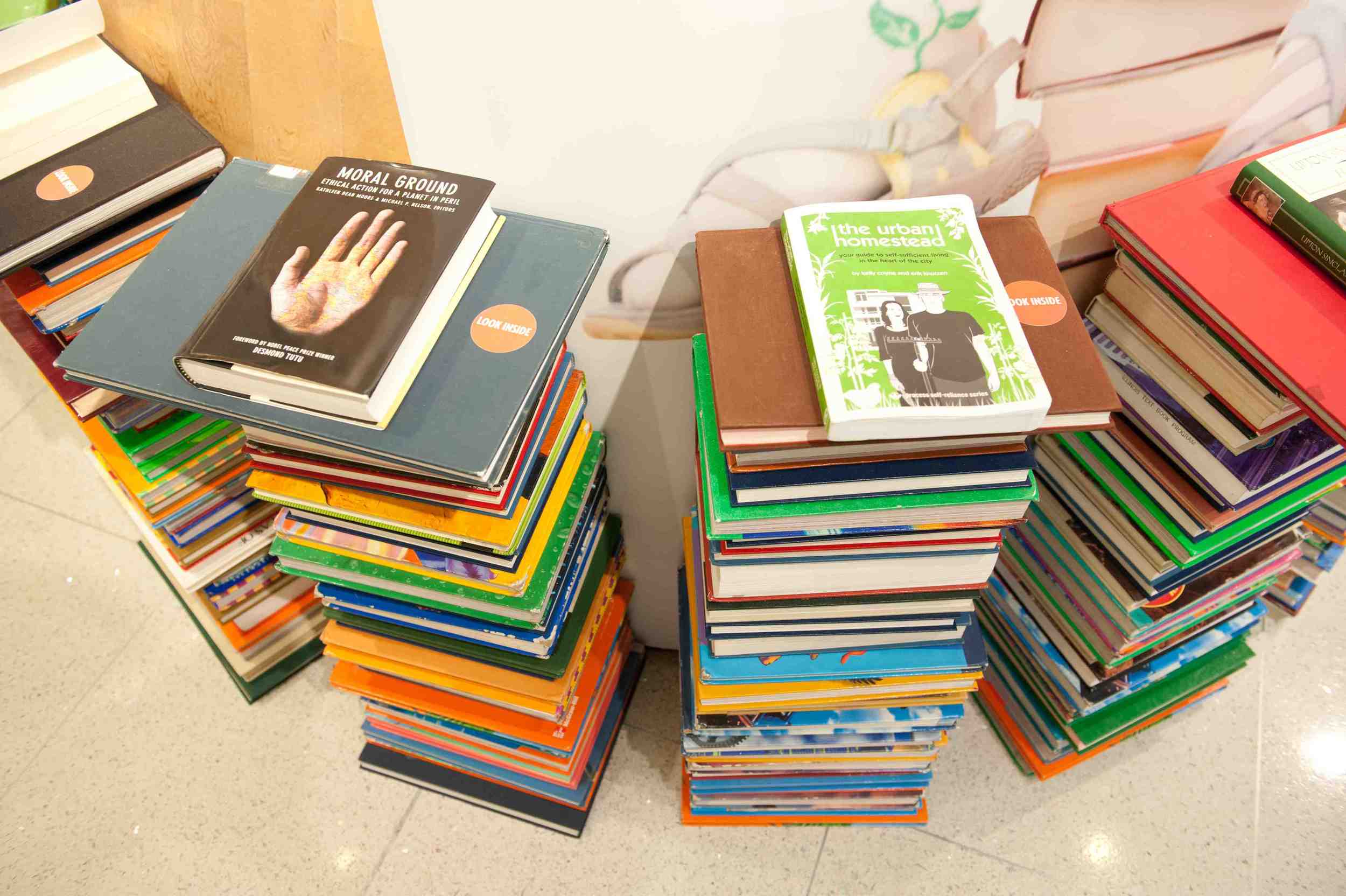
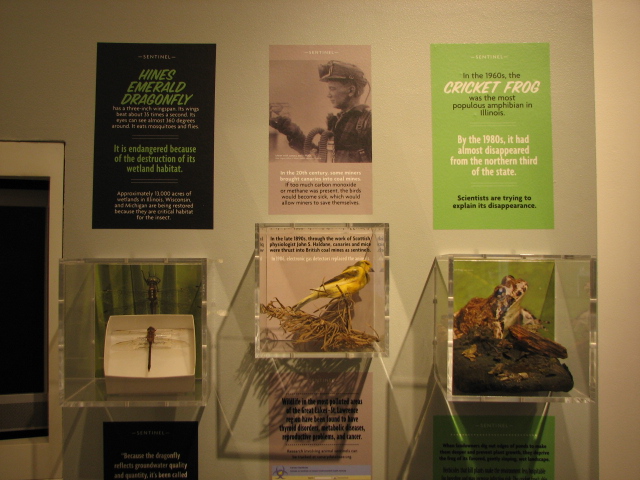
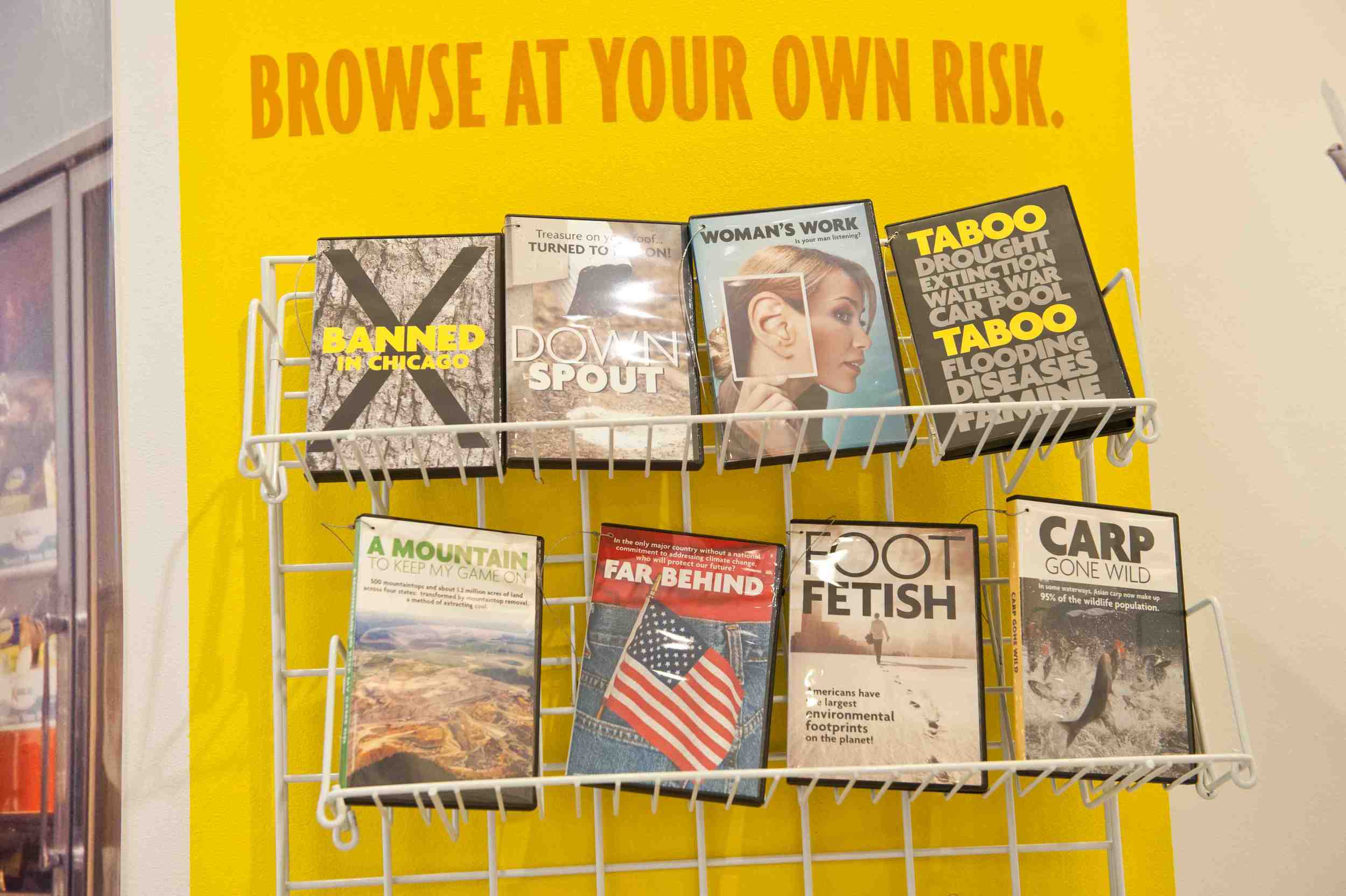


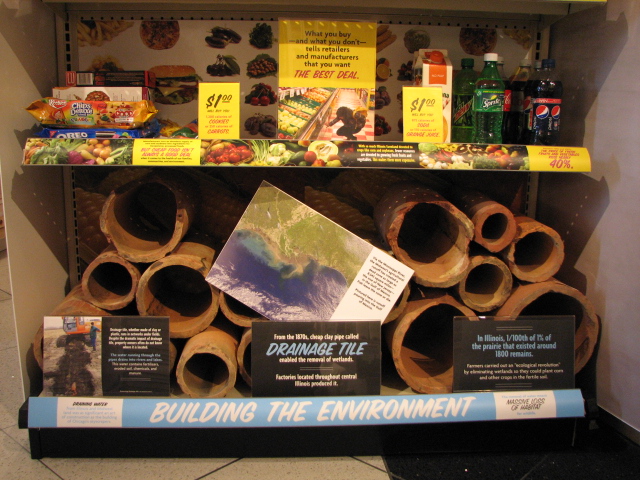
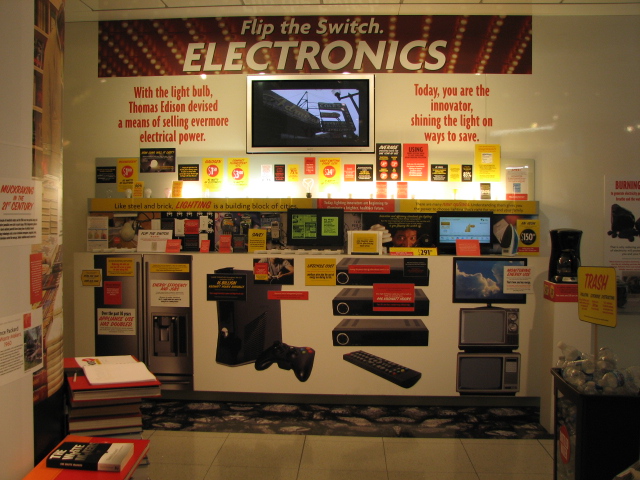
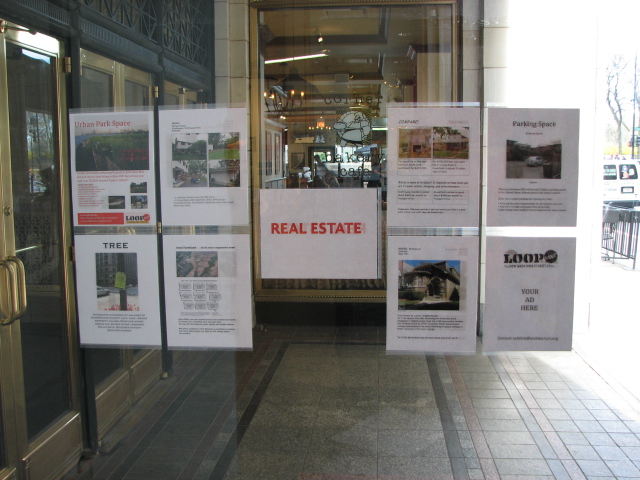
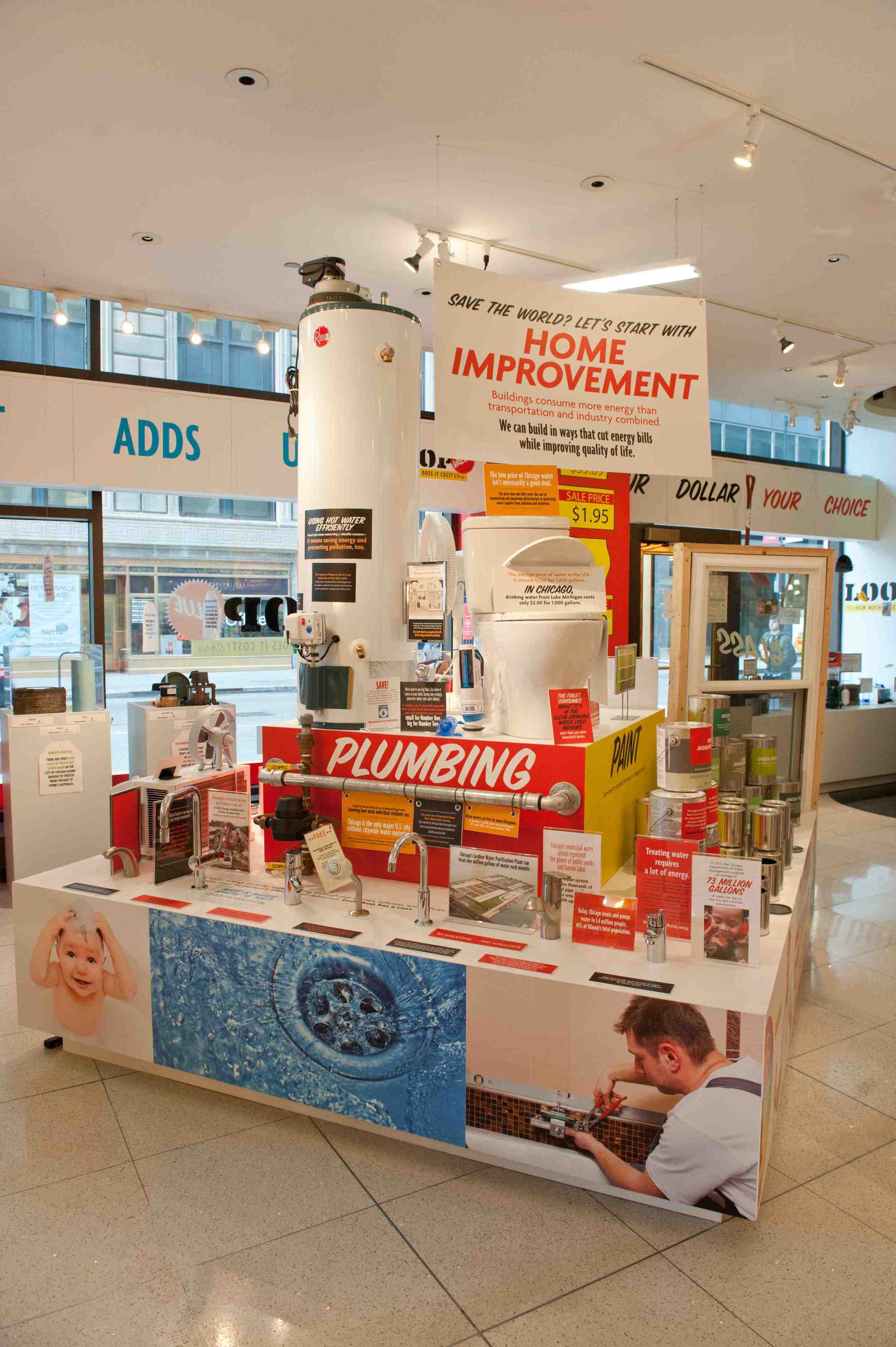
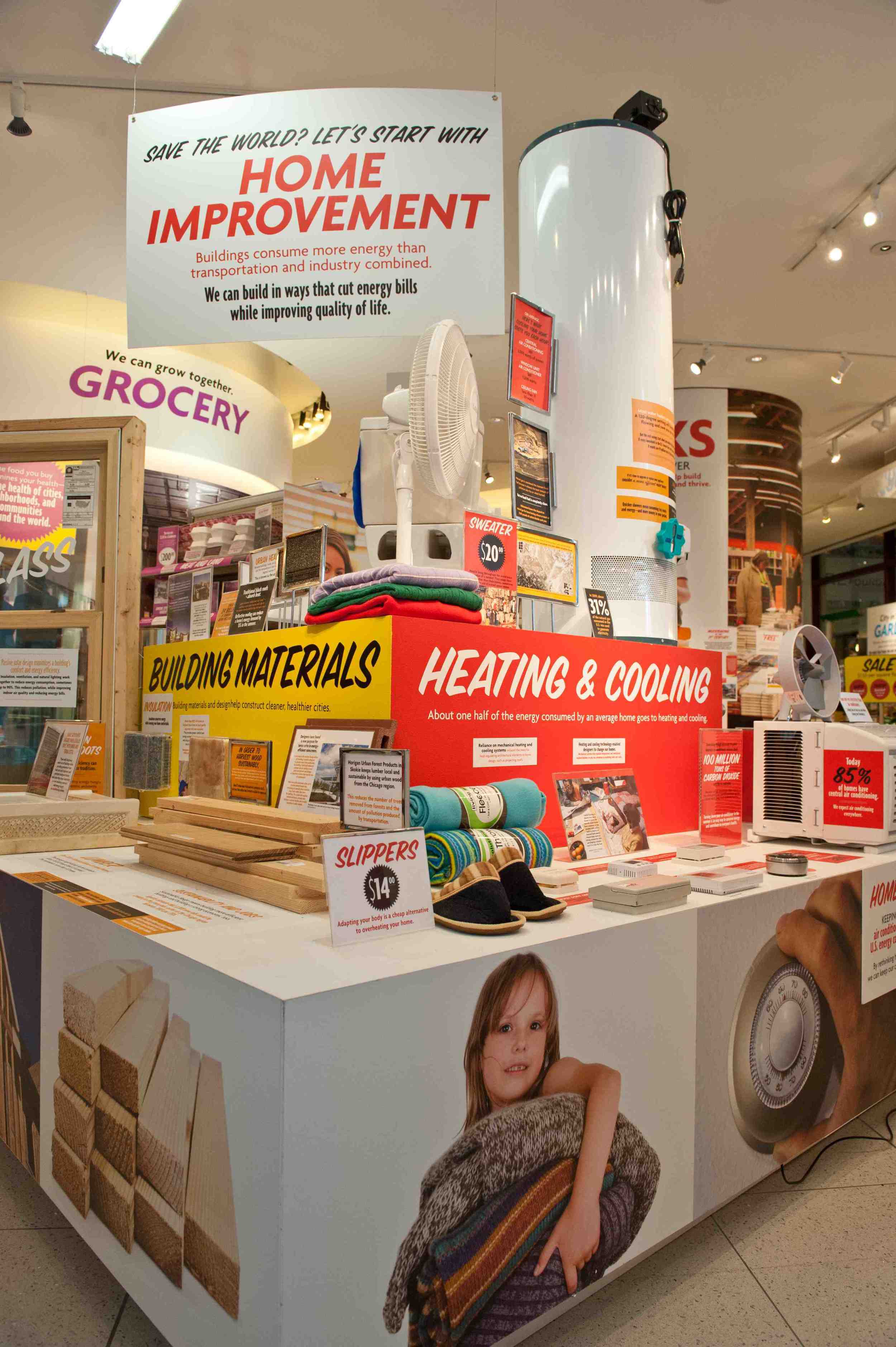
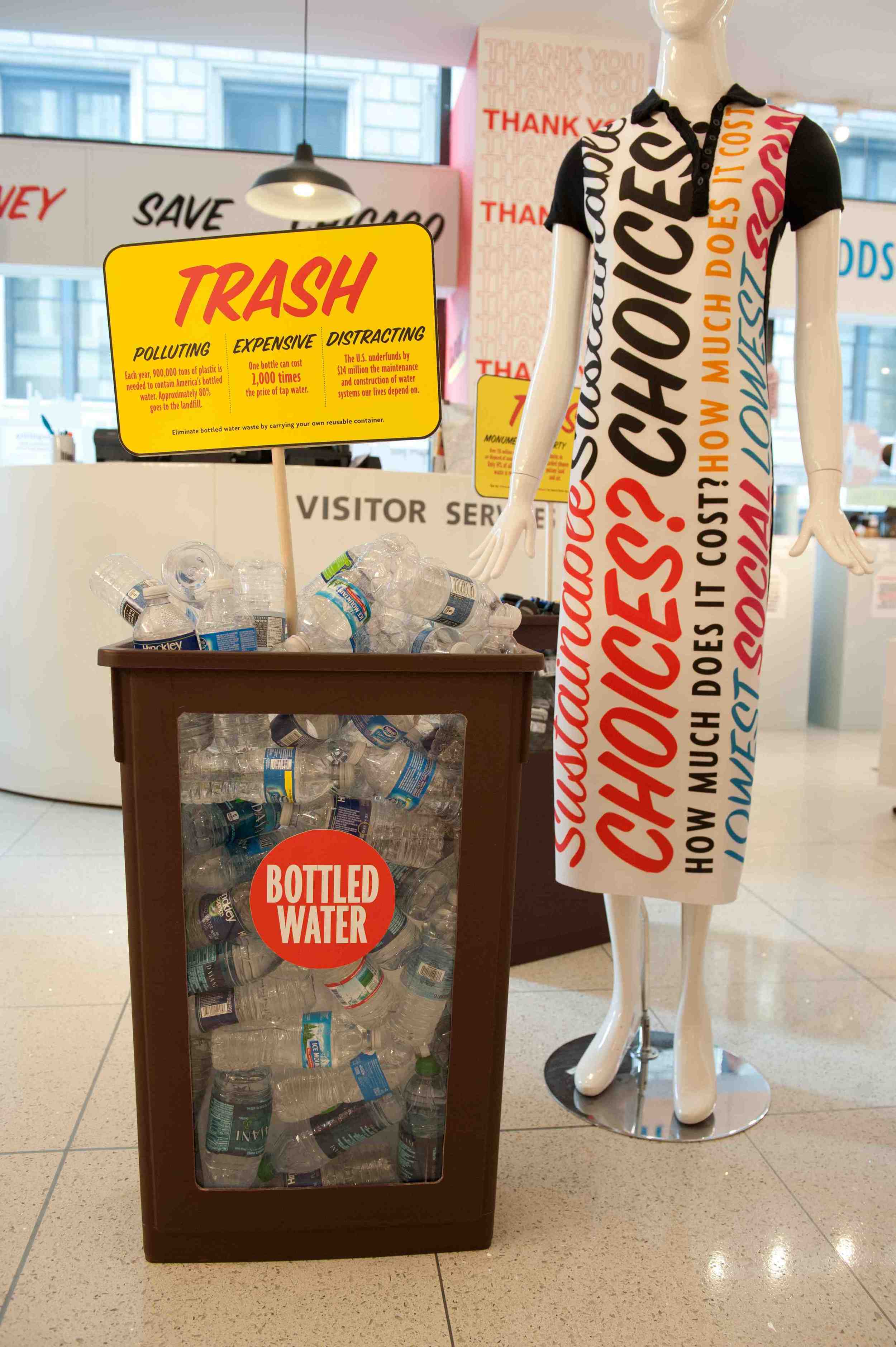
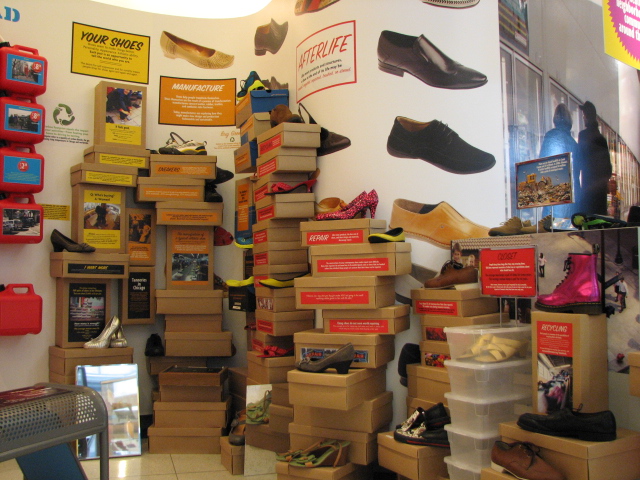
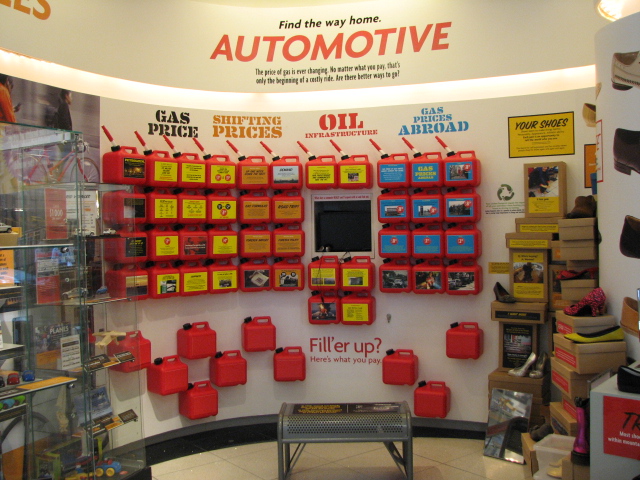
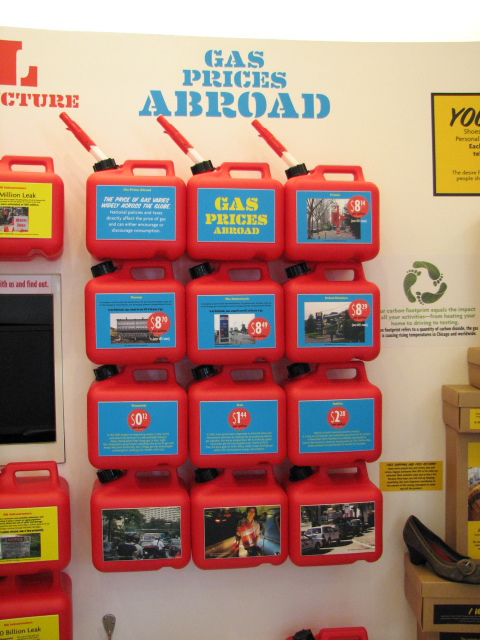
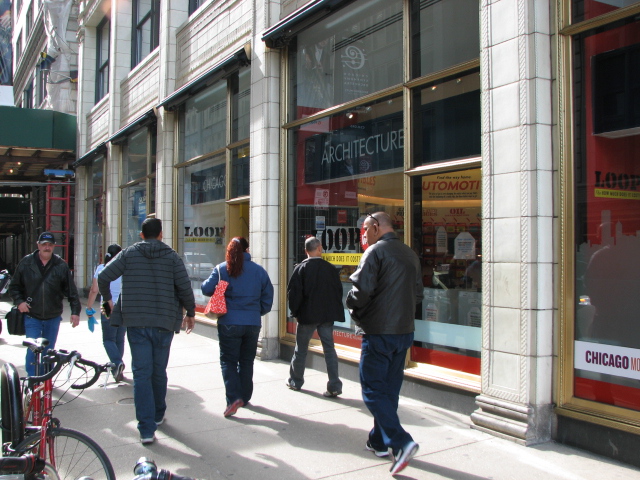
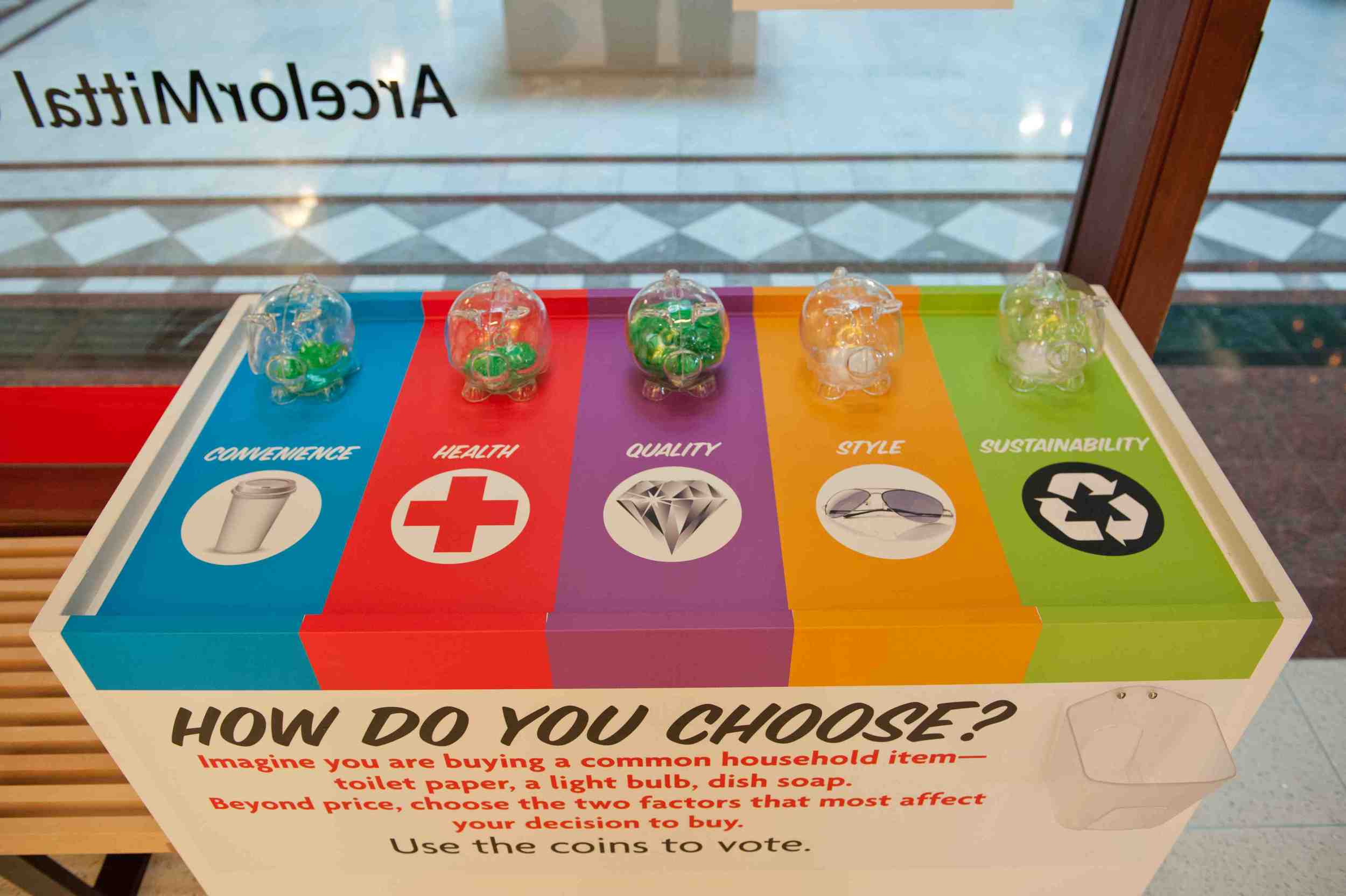
Capturing People's Emotions in a Complex Climate
Whether high or low, price tags hide more than they reveal. Loop Value: The How Much Does It Cost? Shop contrasted sticker price with the environmental, social, and economic costs that individuals and communities really pay. Filled with surprising stories, products, and prices, the exhibition revolved around how individuals and communities use energy, water, land, transportation—and, equally significant, how they construct the meanings of livability and sustainability. This exhibition engaged people emotionally through astonishing stories about everyday things.
Understanding and responding to the urgent and complex issues of sustainability and livability overwhelms most people. The strategy of How Much Does It Cost? was to provide visitors with emotionally engaging entry points for understanding their impact and then suggesting practical ways of reducing it. The project was among the earliest exhibitions to be based on climate values research, which shows that most people do care about health, pollution, and the places they live.
Fewer than half of Americans vote, but virtually everyone goes shopping—an activity of intense interest to many. To buy or not to buy: this is one of the ways that everyone votes on livability. Buying equals decision-making—for individuals, families, corporations, cities, and governments. For these reasons, I conceived of the exhibition as a retail experience. How Much Does It Cost? was based on strategies tested in Me, Myself and Infrastructure, the first national exhibition for a broad audience that addressed critical livability and sustainability issues through the lens of our (engineered) environments.
More than half of visitors said that they would consider changing a behavior or making a new decision as a result of visiting the exhibition. Many visitors said that they wanted more people to see the exhibition. Many desired additional access to exhibition content.
Design: JNL Graphic Design
Presented at Chicago Architecture Foundation, 2012.